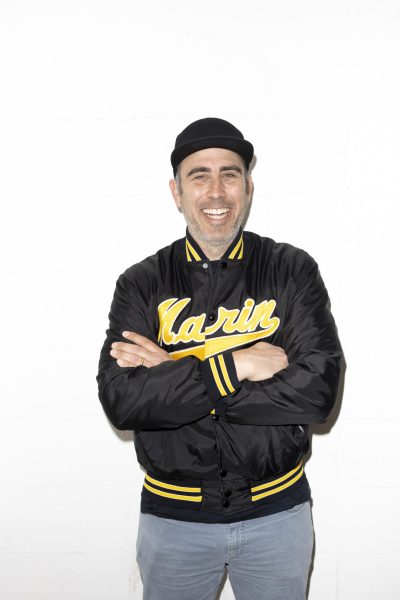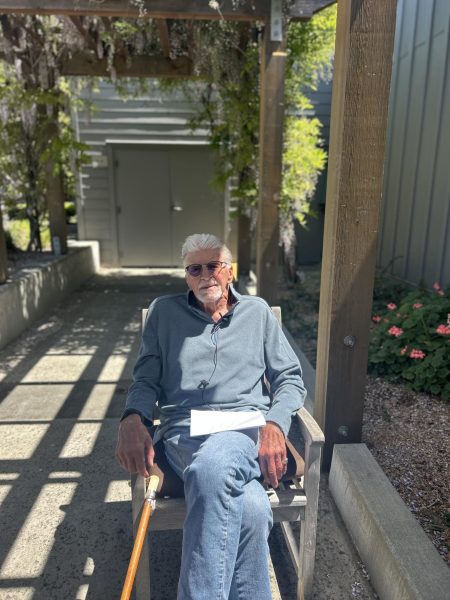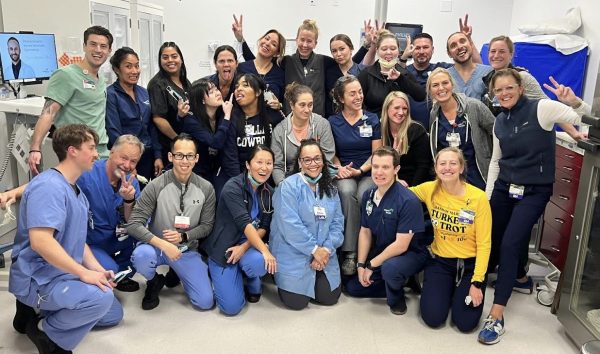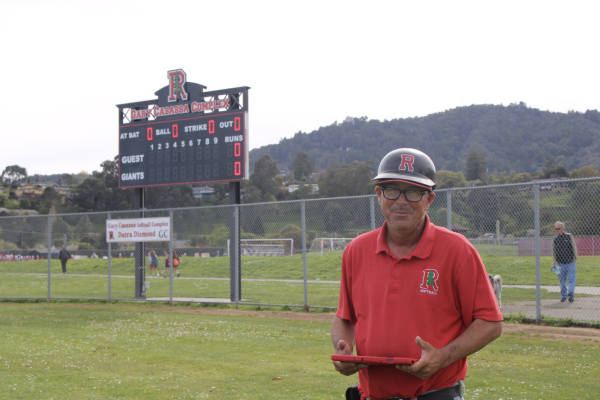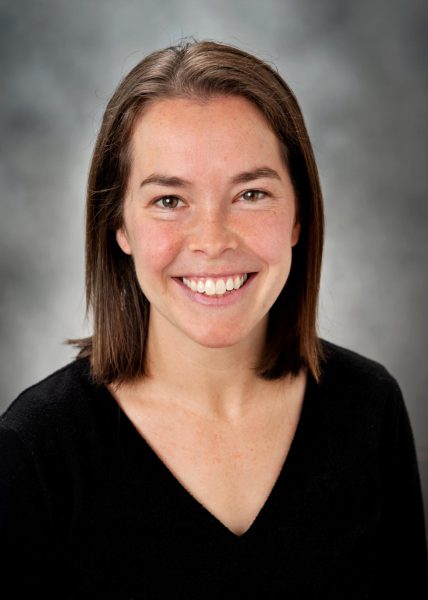Teaching without restraints: Dr. Sapio’s past teaching in Texas prison
October 20, 2022
“Before I first walked into the facility, there was some degree of fear and uncertainty. I didn’t know what I was getting myself into. I remember getting ready to go to the first class, and one of my family members asking [if] my students [were] going to be in handcuffs. I didn’t know the answer to that question before I walked in,” Dr. Jennifer Sapio said.
Before coming to Redwood in 2021, Sapio, an English teacher, taught inmates at the Travis County Correctional Complex (TCCC), a prison in Texas. She was inspired to teach there due to her family’s past interactions with law enforcement.
“One of my sisters experienced a long struggle with opioid addiction, which I have been pretty open about sharing with my students and colleagues because it is a relevant issue that affects many people. My sister was incarcerated at [TCCC] and that’s how I became familiar with the location,” Sapio said.
Due to this conflict of interest, she was unable to participate in TCCC’s teaching program while her sister was incarcerated. However, following her sister’s release, Sapio began to teach there.
“After she was released, I felt compelled to give my time, energy and expertise in this place where so many other [people’s] family members were still incarcerated,” Sapio said.
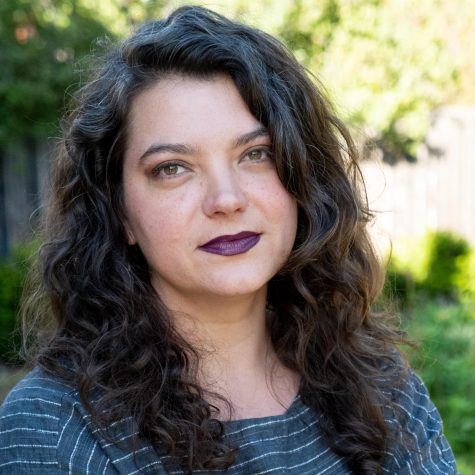
Additionally, Sapio described her time teaching at the TCCC as one of her favorite teaching experiences. She explained how the best part about working at the prison was developing empathy and compassion through watching guests visit loved ones.
“Witnessing that with your own eyes and to feel deeply how so many families were being impacted [by incarceration] was really powerful,” Sapio said.
Junior Cece Wiener, who had Sapio as a teacher during her sophomore year, has observed her empathetic teaching style.
“She is willing to connect with her students on a personal level rather than just a teacher-student level. She really wants to be there for her students and support them in the best way she can,” Wiener said.
Mrs. Latourrette, a co-worker and friend of Sapio, says she is unique in the respect that she is a genuine, positive person.
“She has this calming energy about her that has to do with patience. She’s a great listener. All those things make a huge impact in a classroom and on the students,” Latourrette said.
In terms of her students at TCCC, Sapio taught a variety of ages, from recent high school graduates to the elderly. However, for her, there was one student that stood out in particular. In her first class, the students were reading Fyodor Dostoyevsky’s novel “Crime and Punishment,” and at the end of the class, Sapio had an eye-opening conversation with this inmate.
“He drew comparisons between the character in the book and himself. He had been arrested and charged with murder,” Sapio said. “My student said to me on the last day of class, ‘That’s my crime, and that’s my sentence, as well.’ That was the first time I had ever heard a student talk about their alleged crime.”
For Sapio, this was a powerful moment because she had already developed a close relationship with this student throughout the course.
“I’m so glad I got to know him in all of those ways for those weeks before he said that. It really broke down any kind of prejudice or stereotype I had in my mind around the challenges that we all face as humans, and the difference between those who are on the inside [of the prison] and those who are on the outside,” Sapio said.
While Sapio’s experience working in a prison was informative for her, she says our society still perpetuates harmful stigmas surrounding incarcerated people.
“We can’t look at the stereotypes without also understanding the prison industrial complex, the history of incarceration and how inequitably the consequences are experienced by marginalized groups. Part of the stereotypes around incarceration are also stereotypes around race and social class. We have a lot of work to do to break those down,” Sapio said.
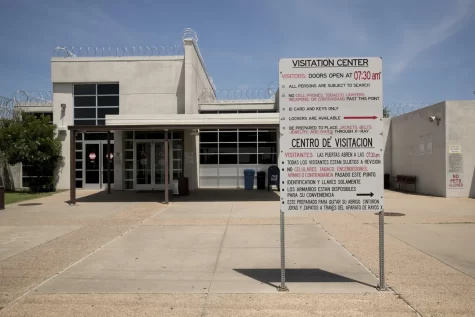
Furthermore, Sapio explained how during her time teaching classes at TCCC she learned how similar the learning environment was across different ages, demographics and socio-economic statuses.
“What brought us together was our curiosity and excitement to discuss material together. There was no physical barrier or restraint between us. We sat in a circle, had our books open and our pencils active, and we were doing all the work you would recognize from your English classes,” Sapio said.
The similarity in learning environments from traditional teaching in a classroom setting to teaching at TCCC helped Sapio overall experience a shift in mindset; how important it is to equally regard the perspectives of all her students.
“As a teacher, we say and hear things about the democracy of education and about honoring every voice in the room as a dignified human,” Sapio said. “We hear that, but it is a different thing to implement that every single day and to deeply believe and abide by it. [Because of TCCC] that switch has been flipped for me.”







